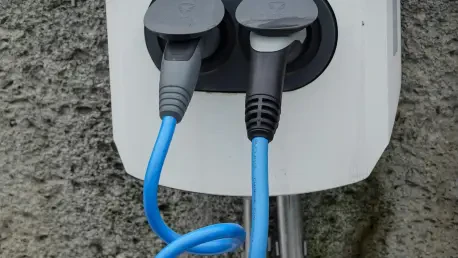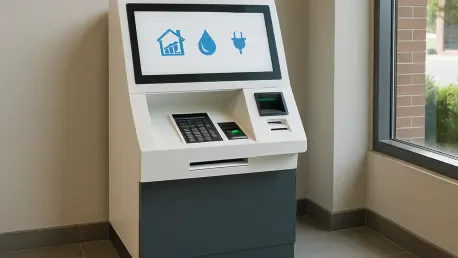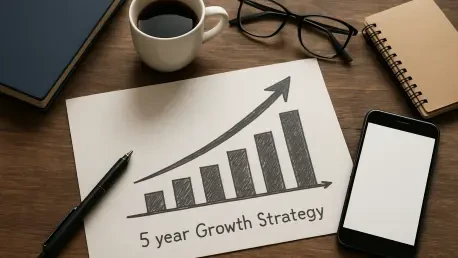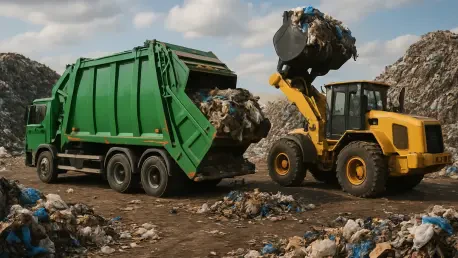
In a striking reflection of mounting pressures on the energy sector, recent data from the U.S. Energy Information Administration (EIA) reveals that electricity consumption in the United States has surged by over 10% in key industrial states since the start of this decade, placing unprecedented

Unveiling the Power of EVs in Grid Transformation The electric vehicle (EV) market in the United States is witnessing an unprecedented surge, with millions of vehicles already navigating roads and projections estimating a fleet of 78.5 million by 2035. This rapid adoption signals more than just a

The energy sector is undergoing a profound transformation, driven by rapid technological advancements and shifting market demands that challenge utilities to adapt or risk obsolescence. With grid decentralization and rising customer expectations reshaping the landscape, a staggering number of

What happens when the very foundation of America’s energy stability hangs in the balance of a single Supreme Court decision? Picture a nation where the cost of electricity and gas fluctuates wildly with each political shift, where billion-dollar infrastructure projects stall under uncertainty. This

What does it take to fuel the digital revolution when data centers and industrial giants are consuming energy at an unprecedented rate, and how can a utility company keep up with such demand? In 2025, Duke Energy, one of America's leading utility companies, has stepped up with a staggering $100

In the dynamic landscape of the waste management industry, a sector often overlooked by mainstream investors, one company has recently captured significant attention due to its remarkable stock performance and promising growth forecasts. Perma-Fix Environmental Services, Inc., listed on the New